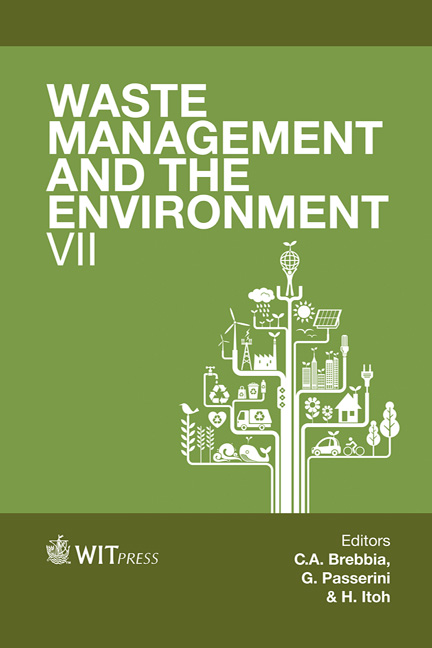The Predicted And Actual Wetting Rate Of The Buffer In Repositories For High-level Radioactive Waste
Price
Free (open access)
Transaction
Volume
180
Pages
12
Published
2014
Size
1,112 kb
Paper DOI
10.2495/WM140341
Copyright
WIT Press
Author(s)
R. Pusch, G. Ramqvist & S. Knutsson
Abstract
Underground test sites for the disposal of high-level radioactive waste (HLW) are commonly equipped with instrumentation for documentation of the evolution of engineered barriers and of changes in the physical state of the host rock. The rate of hydration of the clay buffer surrounding waste canisters determines the physical interaction with the rock and waste canisters and is recorded by use of RH meters and by measuring the swelling pressure exerted on cells installed in the clay. They are connected to cables and tubings extending to the recording units placed in room atmosphere. If they pass from the rock through the buffer groundwater under pressure can migrate through or along bunches of cables and tubings and reach the points of measurement earlier than in clay without instrumentation. The inconvenience is avoided by tight embedment of individual cables and tubings and placement of the pressure gauges such that they do not pass through the clay. Incorrect rates of hydration has led to the inadequate conclusion that water flows in unsaturated parts of the buffer according Darcy’s law while it is in fact migrating by coupled diffusion processes. Keywords: buffer, cables, instrumentation, pressure sensors, thermocouples, tubings.
Keywords
buffer, cables, instrumentation, pressure sensors, thermocouples, tubings.





